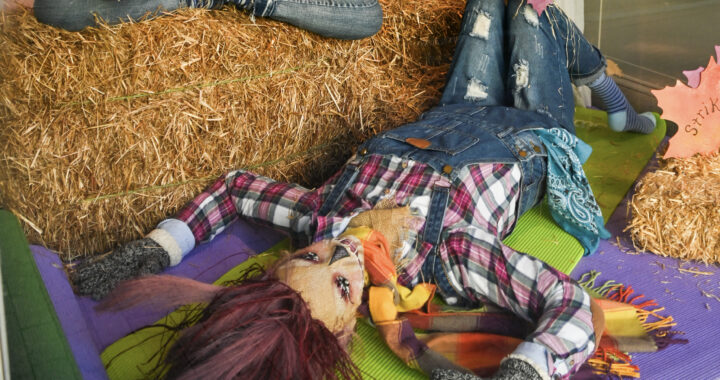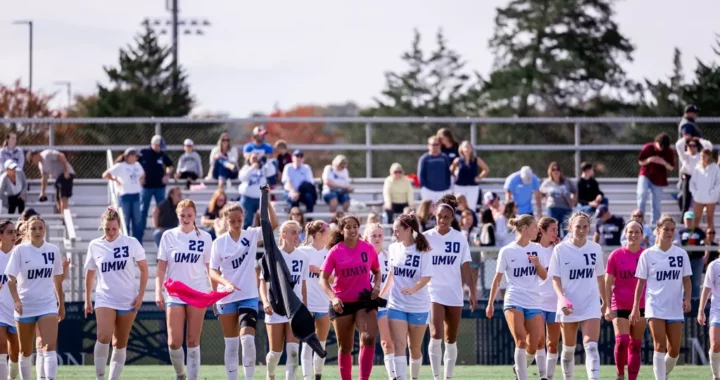Oktoberfest; more than beer, pretzels and the polka
3 min readBy REINA DATTA
All you have to do is say ‘Oktoberfest’ and suddenly all you can think of is German music, food, lederhosens and, most of all, the beer. Oktoberfest, which originated in Munich, Germany, is the one of Germany’s most prominent and anticipated events, attracting roughly 6 million visitors to the Bavarian city.
Held for 16 days, from the end of September to early October, the event brings beer halls and tents throughout the city, filled to the brim with people from all across the globe. But why is Oktoberfest actually celebrated?
Its true meaning seems to get lost in the throngs of people and foamy steins.
A common misconception is that Oktoberfest coincides with the fall harvest. However, it was first recognized in 1810, as an event that was meant to honor the marriage of Crown Prince Ludwig and Princess Therese Von Sachsen-Hildburghausen. It unified the city, bringing all the people of Bavaria together in a celebration which included horse races, food and Germany’s drink of choice: beer.
Although the horse races, once the most popular event of Oktoberfest, are no longer held, they did strengthen the tradition of the event. In contrast, 1811 brought about the Agricultural Show, which was meant to boost Bavarian interest in agriculture. The show is still on the events list and is held every three years.
The Agricultural Show can be found on the southern part of the festival grounds in Munich.
The festival is held in an area named the Theresienwiese field, or meadow, of Therese, often called the Wiesn for short, and conveniently located near Munich’s centre. Although Oktoberfest is depicted as a non-stop party with endless amounts of amusements, in the 1800’s that was not always so.The first carousel and swing sets were included in 1818, along with the first beer stands, creating a festive atmosphere suitable for families.
To no surprise, the beer stands grew rapidly and then turned into beer halls and tents, run by enterprising landlords and local breweries. What was once centered around horse races and agriculture shows has turned into more of a carnival atmosphere, indicative of the Oktoberfest we see today.
Today, the Oktoberfest in Munich is the largest festival in the world, and is recognized globally, with people of all cultures taking part in the festivities, even if they can’t be in Munich.
Even places closer to home, such as Arlington and Reston, host Oktoberfest festivals throughout the months of September and October. To keep the Oktoberfest, and especially the beer tents, amicable for these small cities, the concept of the “quiet Oktoberfest” was developed in 2005.
Until 6:00 p.m., the orchestras in the tents can only play quiet brass music, such as traditional folk music. After 6 p.m., only pop or electronic music be played, which had led to excess violence in earlier years.
It is said that the tone of the music, mixed with the high amounts of alcohol being consumed, led to a more rowdy, and uncontrollable crowd, as opposed to a calmer setting with the traditional folk music. The music played in the afternoon is limited to 85 decibels.
With these rules, the organizers of the Oktoberfest were able to curb the tumultuous party mentality and preserve the traditional beer- tent atmosphere.
Not only does Oktoberfest promise celebrants good food and beer, but it introduces them to the celebration of Bavarian culture. This culture is now celebrated annually across the globe, even in downtown Fredericksburg.


